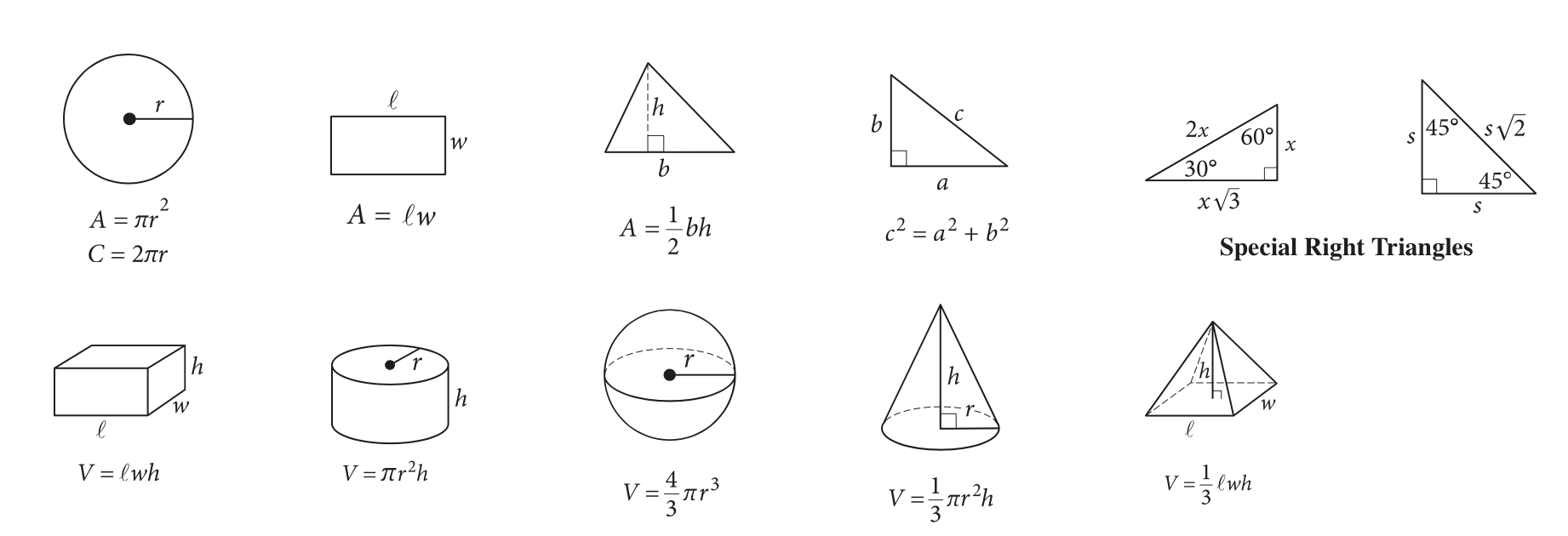Some problems deal with combining two substances, each consisting of mixed elements
e.g. combining 1L of saline that is 10% salt with 2L of saline that is 20% salt
The ratio might be given as percent by volume, or percent by mass, but the concept is the same
It could also be given as a ratio instead of a percent
The general formula for this type of problem is:
$$V_1 * P_1 + V_2 * P_2 = (V_1 + V_2) * P_f$$
e.g. In the above formula, V1 represents the volume of the first substance, P1 represents the percent of the first substance, Pf represents the percent of the final combined substance, and so forth
To demonstrate with the saline example from above, we would plug in the values as follows:
$$1 * 0.1 + 2 * 0.2 = (1 + 2) * P_f$$
This yields a final solution of 16% salt

